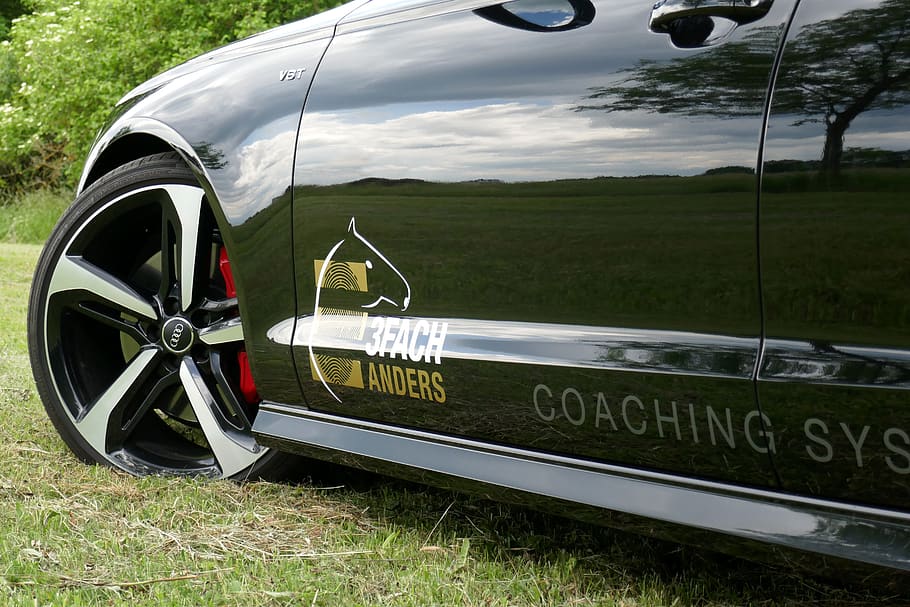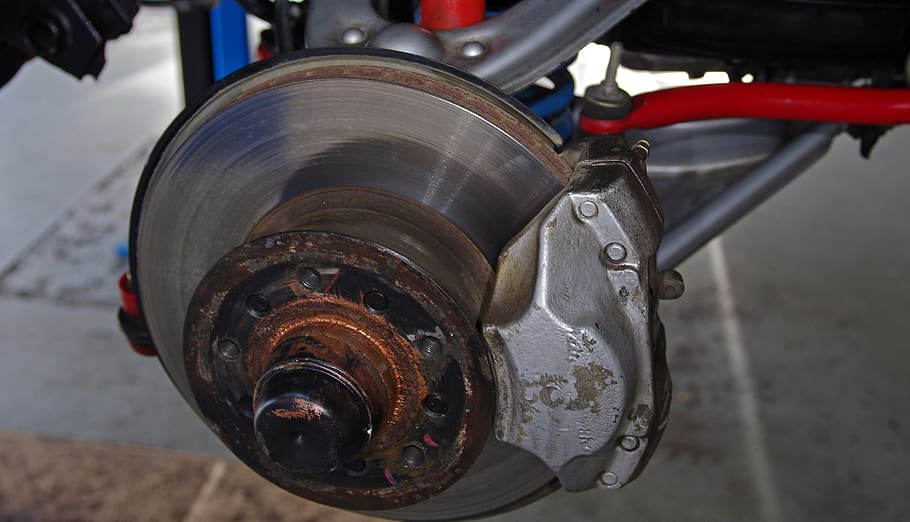For safe driving, the skill of braking maneuver is one of the most crucial. Regretfully, the complexity of its implementation sometimes becomes the main cause of road traffic accidents with serious consequences. A maneuver designed to improve safety can get out of hand and lead to loss of stability and control of the vehicle due to wheel locking during heavy braking, especially when the tire grip is low. Driver error can cause a critical skid, drift, rotation and rollover of the vehicle. The below given information could make you feel safer on the road in your private car, or when you take the car hire 9 seater abroad.
The Correct Braking includes the ability to:
- use ultimate grip on the road;
- maintain a straight-line movement direction when braking;
- brake with the engine, shifting gears ‘down’;
- stop in the case of the brakes’ failure.
Possible difficulties when Braking the Car
- Hard braking and maneuvering cannot be performed at the same time. Suppose the car is going in a straight line at 60 km/h. There is a hard braking, and then the turning of a steering wheel. The vehicle maintains a straight track. The front wheels become locked, but the rear wheels are not. In case you do the same things, but remove your foot from the brake at the end of the maneuver, a sharp jerk of the car occurs in the direction of the steering wheel. When the brake pedal was released, the front wheels changed from sliding friction to static friction, and the car reacted to the inverted steering wheel.
- If you do not have time to disengage the clutch at the end during heavy braking, the engine will stall, which in turn will also disengage the power steering and the vacuum brake booster. In this situation, you have to continue braking, pushing the brake at the same time not disengaging the clutch, but remaining in the same gear in which the car stalled. In this case, do not think about the front wheels’ locking, since the effort on the brake pedal will be unusually large and most likely, there will be underbraking.
- With a contrastingly changing coefficient of adhesion (asphalt-ice), it is advisable to match the braking force to an area with favorable braking conditions.
- When braking on a rough road surface, the driver is advised to stop braking while overcoming them.
- The brakes may overheat on long downhill runs. Temporary stopping of braking allows maintaining the optimal temperature regime of the working brake of the car, and, consequently, its effectiveness.
Recommendations for proper Car Braking
- In normal conditions, the braking should be done smoothly by adjusting the pressure on the brake pedal depending on the driving speed.
- Look in the rearview mirror before braking.
- Disengage the clutch just before stopping the vehicle.
- In safe conditions (or better with an instructor), practice the skills of engine and impulse braking.
- Correct the trajectory of the vehicle when braking with the help of the steering wheel. It is necessary to stop braking, straighten the trajectory of the car, and then continue braking.
- At the end of braking, in front of an obstruction, the front suspension should be unloaded. If you cannot stop completely, try hard to release the brake pedal just before the obstruction. Drivers with good response when quickly pressing the accelerator can further relieve the suspension, while overcoming an obstruction by the front wheels.
Emergency Brake Assist
This system helps the vehicle achieve maximum braking performance in an emergency. It is automatically controlled by the Electronic Stability Control, which detects the intensity of pressure on the brake pedal and automatically increases it if necessary.
Research shows that emergency braking can cause drivers to react too slowly. Many people are not prepared to put in enough force to get the most out of their brakes. In the event of an emergency, a slow response can lead to a lack of time or distance to stop safely.
The EBA is designed to detect these incidents and provide maximum braking force in milliseconds. If the system determines that the situation is emergency, then it automatically applies full braking, which is much faster than if the driver did it with the foot. Thanks to this, the brake pressure is significantly reduced during extreme braking, which reduces the likelihood of accidents.

It should be added that in an emergency, when all possibilities for an emergency maneuver have been used up and/or the braking system has failed, due to stress, most drivers just take their hands off the wheel. However, the vehicle’s passive safety can significantly reduce the hitting force due to the deformation of crumpled body parts, such as fenders, bumpers and trunk.





You must be logged in to post a comment.